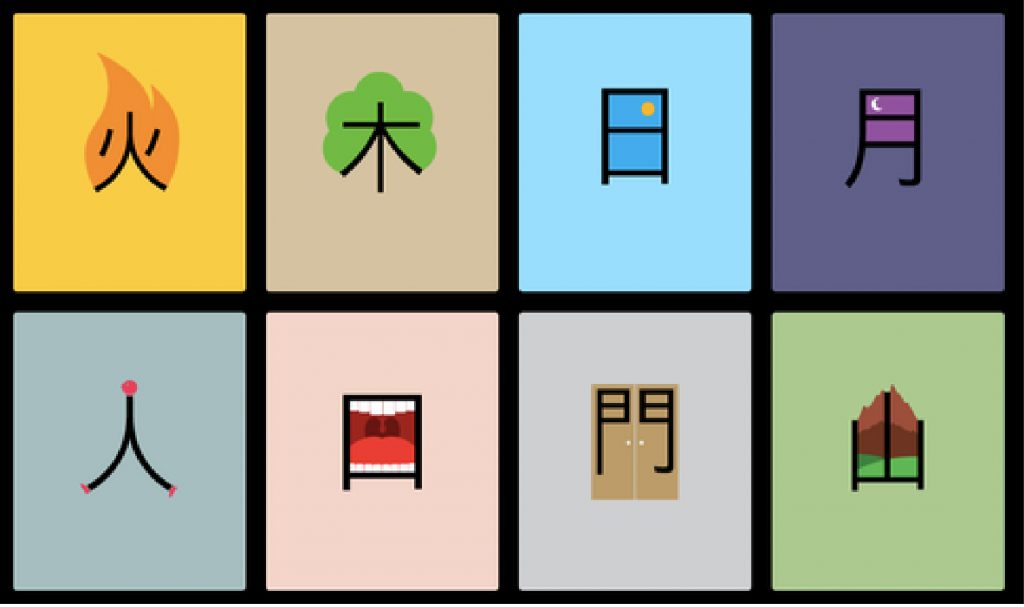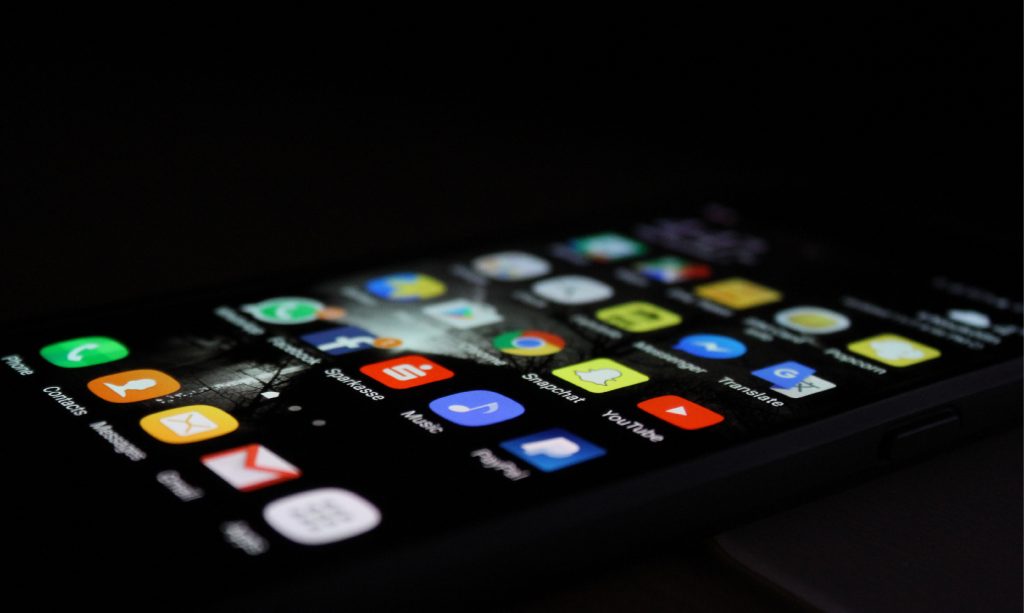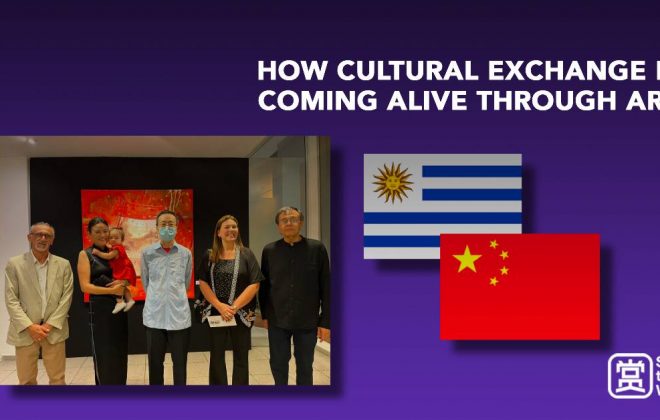The Art of Communication: Chinese digital landscape’s main complexity for foreign businesses.

The Chinese language has been considered one of the oldest languages in the world, and proof of its existence can be traced back to six thousand years. The characters of this language can be found in ancient religious artifacts, letters written by emperors of old dynasties, and precious jewels of previous civilizations.
Linguists have analyzed the evolution of the Chinese stating from its proto Sino-Tibetan roots, and this dialect of Chinese is called Old Chinese or Archaic Chinese. It was first spoken in 1122 through 256 B. C. The current Chinese that is nowadays from the ancient Chinese language, and it is called Mandarin. The Chinese Mandarin is a language based on a Beijing dialect spoken by 730 million people in China.

Perhaps one of the most attractive traits of the Chinese language is the fact that it does not use alphabets, but instead uses pictographs: a form of writing in which the word depicts the beauty of nature. For example, the Chinese character for “Sky” in Chinese formed of representing a person underneath a cloud. The Chinese character for “tree” is a pictogram of a tree being cut by the wind. The word for “rain” depicts a window with tiny drops of water in it, and the word for “fire” uses a pictogram made of a triangle with little sparks surrounding it.
Chinese is also one of the most useful languages on the Internet, placed underneath English and above Spanish, and though many would considerer the similarities among the use of language on the Internet, the Chinese used in the digital sphere differs quite a lot.

Chinese is also one of the most useful languages on the Internet, placed underneath English and above Spanish, and though many would considerer the similarities among the use of language on the Internet, the Chinese used in the digital sphere differs quite a lot.
China is known for using and generating a lot of emoji and stickers as a quick approach to communication. In an article written by China Daily, one would quickly notice that they depict feelings and emotion in a very different way, for example, the “Smile” emoji represent kindness and openness to a lot of people. Still, for Chinese, it indicates unhappiness and a dismissive attitude. The emoji “Wave” is used to say “goodbye,” but in China is used to “politely ask not to see each other again.”

Also, in the digital realm, messages can signify something very different for the Chinese people; a campaign developed to attract the attention of the public could represent an insult if not managed correctly and if it is not adequately adapted to the Chinese consumer.

92% of Chinese netizens log on to social media networks daily, meaning many of them regularly post messages online on Weibo, WeChat amongst many other digital platforms. Promotion on social media in China offers good low-cost and valid marketing strategies targeting consumers as well as businesses. Social media sites that are commonly used for marketing in the western markets, such as Twitter and Facebook currently being blocked by the Chinese government. Promotion in this way in china because of the language barrier and unawareness of these platforms can be a challenge where foreign businesses could not know where to start with. With Shake to Win Businesses in the travel industry can count on the resources to localized content and have a presence in the Chinese digital landscape in a very accessible and easy way.

Since digital technologies considerably better our lives and connect us all around the world. We at Shake to Win offer our expertise and a variety of services to improve communication between foreign businesses and the Chinese consumer. We at STW know that it is simply not enough to translate content from a language into Chinese. Instead, we like to establish a relationship with our partners and ask about the specific features they want to showcase within the Chinese market to create the proper content to attract audiences.



